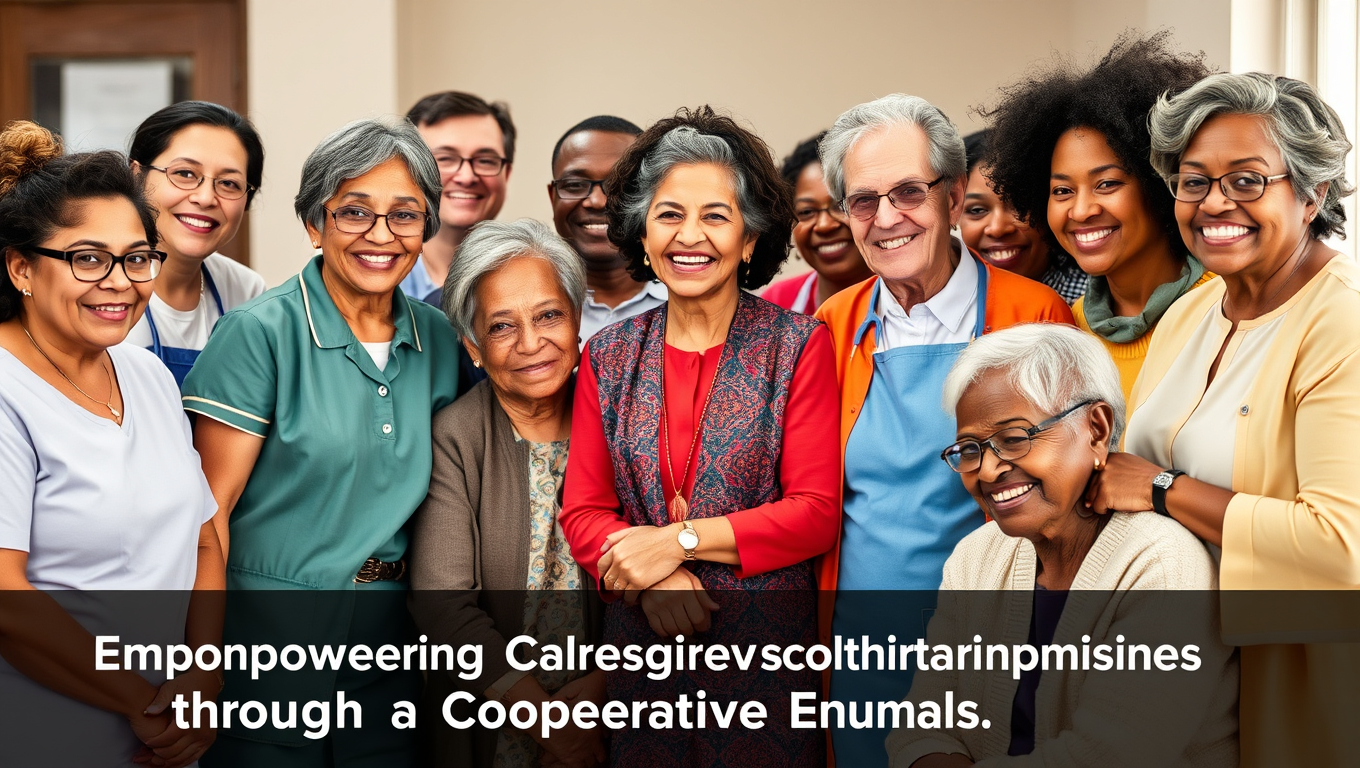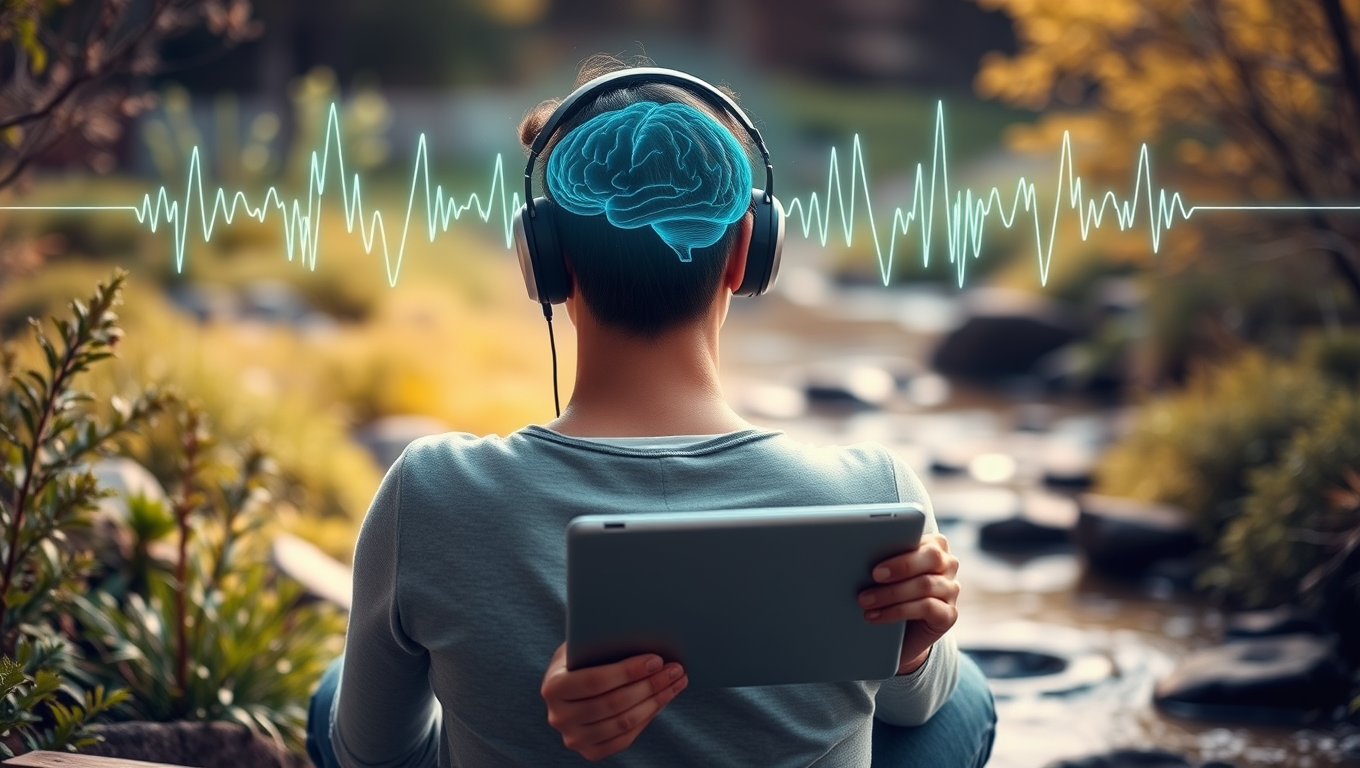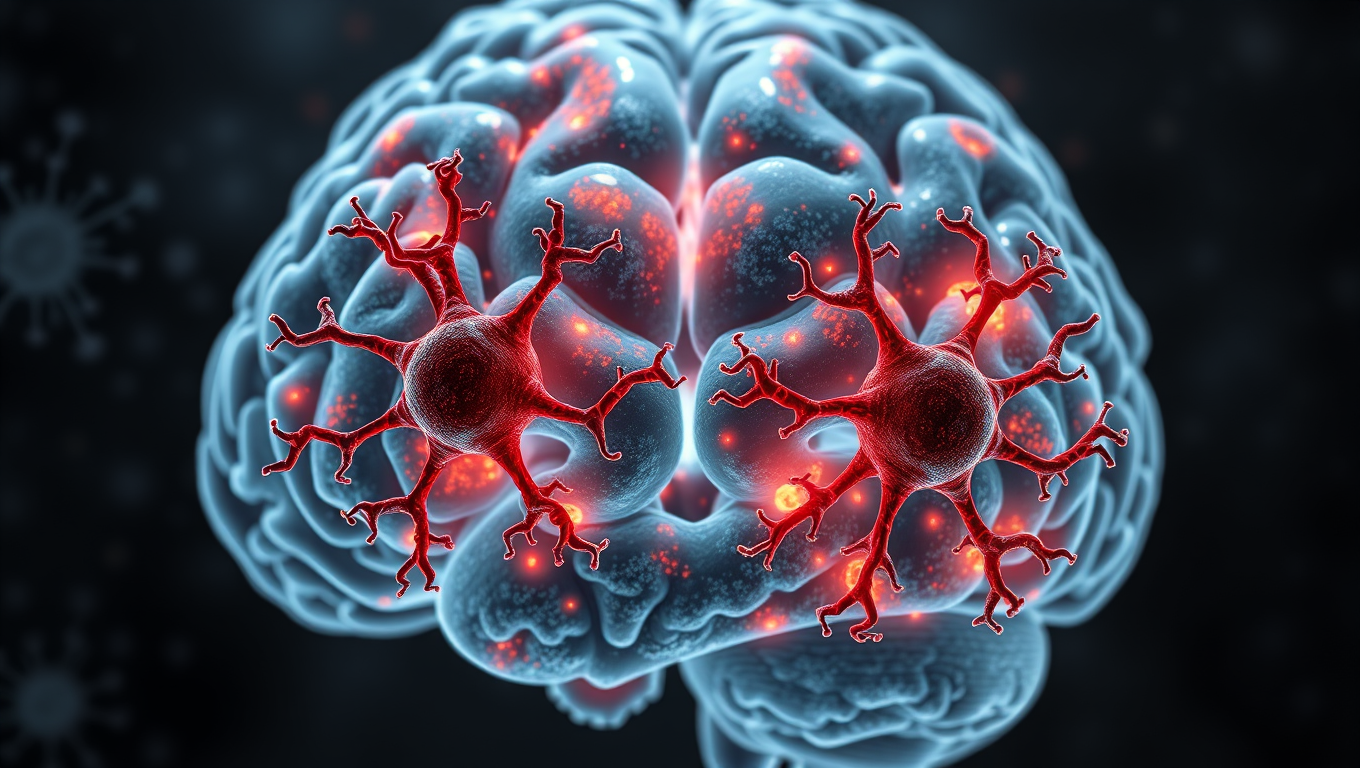While we try to keep things accurate, this content is part of an ongoing experiment and may not always be reliable.
Please double-check important details — we’re not responsible for how the information is used.
Caregiving
A New Model for Home Care: How Cooperatives Can Address the Growing Shortage of Caregivers
Home care cooperatives may be the key to alleviating the shortage of paid caregivers for older Americans. Participants in cooperatives experienced more respect, control, job support, and compensation than their counterparts in traditional care services.

Brain Injury
Brain Training Game Offers New Hope for Drug-Free Pain Management
A trial of an interactive game that trains people to alter their brain waves has shown promise as a treatment for nerve pain — offering hope for a new generation of drug-free treatments.
Alzheimer's
Breaking New Ground: Immune System Discovery Offers Potential Solution to Alzheimer’s
A new way of thinking about Alzheimer’s disease has yielded a discovery that could be the key to stopping the cognitive decline seen in Alzheimer’s and other neurodegenerative diseases, including ALS and Parkinson’s.
Alzheimer's
Different Versions of APOE Protein Alter Microglia Function in Alzheimer’s Disease
A new study suggests how APOE2 is protective while APOE4 increases disease risk by regulating the brain’s immune cells.
-

 Detectors9 months ago
Detectors9 months agoA New Horizon for Vision: How Gold Nanoparticles May Restore People’s Sight
-

 Earth & Climate10 months ago
Earth & Climate10 months agoRetiring Abroad Can Be Lonely Business
-

 Cancer10 months ago
Cancer10 months agoRevolutionizing Quantum Communication: Direct Connections Between Multiple Processors
-

 Albert Einstein10 months ago
Albert Einstein10 months agoHarnessing Water Waves: A Breakthrough in Controlling Floating Objects
-

 Chemistry10 months ago
Chemistry10 months ago“Unveiling Hidden Patterns: A New Twist on Interference Phenomena”
-

 Earth & Climate10 months ago
Earth & Climate10 months agoHousehold Electricity Three Times More Expensive Than Upcoming ‘Eco-Friendly’ Aviation E-Fuels, Study Reveals
-

 Agriculture and Food10 months ago
Agriculture and Food10 months ago“A Sustainable Solution: Researchers Create Hybrid Cheese with 25% Pea Protein”
-

 Diseases and Conditions10 months ago
Diseases and Conditions10 months agoReducing Falls Among Elderly Women with Polypharmacy through Exercise Intervention





























